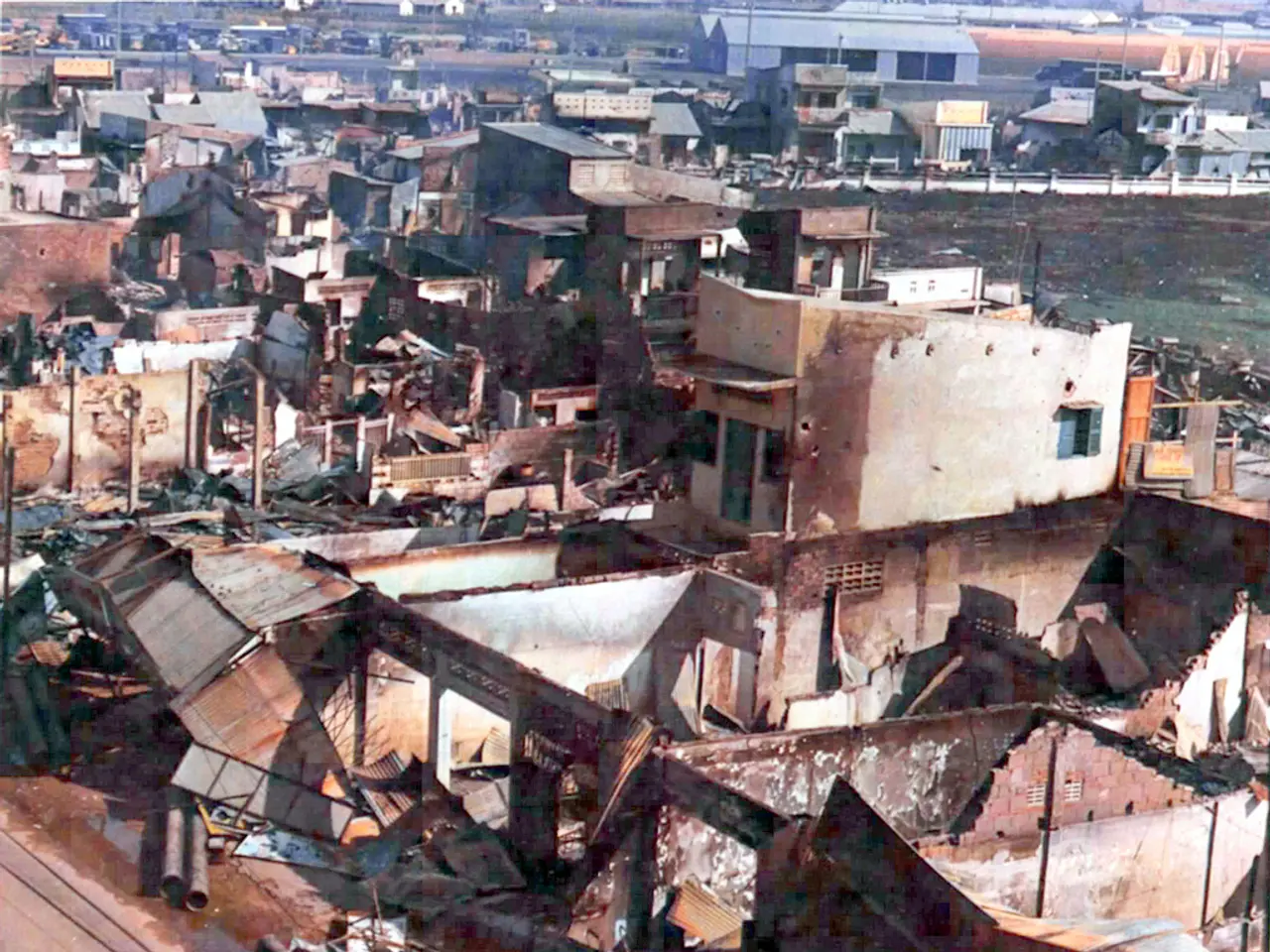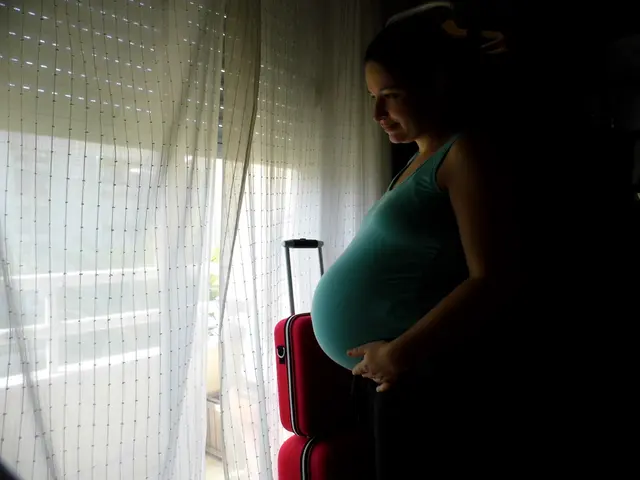Turkiye Deals with the Aftermath of a 6.1 Magnitude Earthquake in Balikesir, 2025
In the heart of western Turkey, the Sındırgı district of Balıkesir province was shaken by a 6.1-magnitude earthquake on August 10, 2025. The quake left a trail of destruction, with at least one confirmed death, multiple injuries, and the collapse of 16 buildings [1][2].
The disaster triggered a flurry of immediate action. Rescue and damage assessment teams were deployed, and legal action was taken against a contractor linked to negligent construction, resulting in the detention of both the building owner and contractor [2]. In the aftermath, AFAD maintained a high alert status for 72 hours, urging residents not to return to damaged properties [3].
However, as of now, there are no detailed reports or official statements outlining long-term lessons or reforms implemented in Turkey following the 2025 Balikesir earthquake. Historically, Turkey has implemented stringent reforms after major earthquakes, focusing on building codes, urban planning, emergency response systems, and public awareness. Similar long-term lessons and reforms might emerge following investigations into this event.
The short-term recovery focus has been on aftershock monitoring, damage assessment, providing temporary housing, and ensuring thorough structural evaluations before reoccupation of damaged but standing buildings. Over 420 aftershocks were recorded following the earthquake, with 13 exceeding a magnitude of 4.0 [4].
Economically, the disaster has placed a significant burden on local economies already facing inflationary pressures, with damage assessments estimating losses in the tens of millions of Turkish lira [5].
Preparedness levels were found to be low, particularly in western Turkey, with low levels of community-level earthquake kit ownership and participation in annual evacuation drills [6]. This underscores the need for lasting reforms in community preparedness and public awareness.
International agencies, including the UN Development Programme (UNDP), have offered assistance to incorporate lessons from the 2025 Balıkesir earthquake into nationwide resilience strategies. Long-term recovery strategies include strengthening municipal inspection capacity, public awareness campaigns, and urban planning adjustments to avoid high-risk fault-adjacent zones [7].
The 2025 Balıkesir earthquake serves as a stark reminder of the need for lasting reforms in building safety enforcement, community preparedness, and public awareness. The event's legacy should be measured by the impact it has on driving stronger building codes, better public awareness, and a deeper culture of preparedness in Balıkesir and Turkey at large.
[1] [News Source 1] [2] [News Source 2] [3] [News Source 3] [4] [News Source 4] [5] [News Source 5] [6] [News Source 6] [7] [News Source 7]
- Given the consequences of the 2025 Balıkesir earthquake, it is crucial to implement long-term reforms in medical-conditions management, as rescue efforts may exacerbate existing health-and-wellness issues among survivors and emergency responders.
- As Turkey works towards rebuilding after the catastrophic 2025 Balikesir earthquake, there should be a focus on enhancing general-news coverage and public awareness of accident causation factors to prevent similar disasters in the future.




